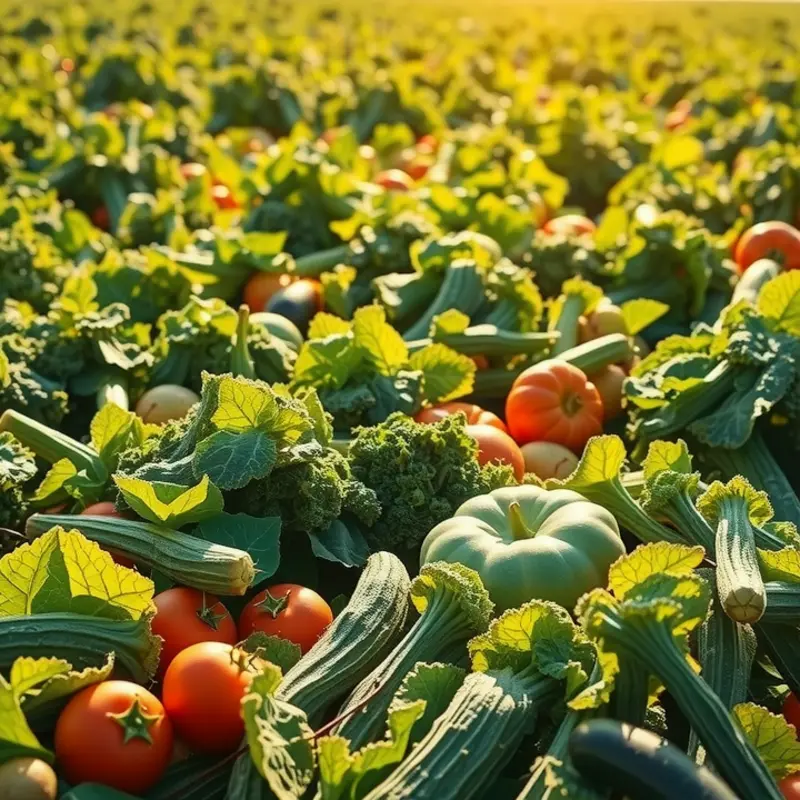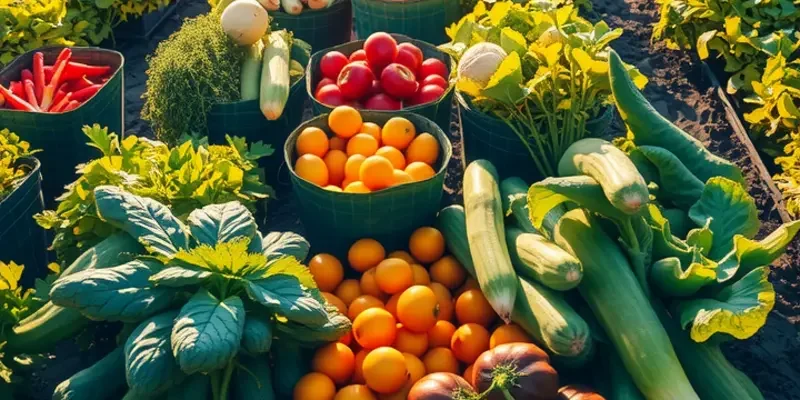Cooling ingredients quickly can enhance your cooking process, saving you time while ensuring freshness and flavor in your dishes. Whether you’re a novice or an experienced home cook, understanding how to cool ingredients efficiently can drastically improve your kitchen skills. Here, you’ll discover practical methods to reduce cooling time, allowing your culinary creations to shine.
The Art of Ice Baths: Quick Cooling Techniques

Ice baths are an indispensable technique for home cooks wanting to swiftly cool down their ingredients. Not only practical, ice baths preserve the color, texture, and nutritional value of foods by arresting the cooking process. Here, we explore how to craft an effective ice bath, discuss optimal cooling times, and identify which ingredients benefit most.
Creating an ice bath is simple but requires attention to detail for best results. Start by filling a large bowl with ice; use roughly an equal amount of ice and cold water. This ensures the water reaches just above freezing, providing a rapid cooling environment. Placing the bowl in the sink can help manage spills and overflow. Prepare your ingredients by draining them thoroughly to avoid diluting the ice bath, keeping it at an optimal temperature.
Let’s delve into which ingredients uniquely benefit from a quick icy plunge. Blanched vegetables, such as broccoli or green beans, retain their bright colors and crisp textures when swiftly cooled. For meats, particularly chicken breasts or pork chops, ice baths help lock in juices, maintaining moisture. For pasta, the bath aids in halting cooking exactly at the al dente stage, essential for perfect texture when preparing salads.
Timing is crucial to ensure that ingredients are adequately cooled without being waterlogged. Generally, vegetables need only 2-3 minutes in an ice bath to properly cool. Meat can take slightly longer, often between 5-10 minutes, depending on thickness. Pasta usually requires a brief 1-2 minute dunk before being drained and dried.
Ensure to move ingredients around gently while they are in the ice bath. Stirring helps ensure even cooling and prevents chunks of ice from clumping around one area, causing uneven temperatures. After removing ingredients from the ice bath, allow them to air dry for a minute or two on a clean kitchen towel. This helps eliminate excess water and avoids diluting flavors in your finished dish.
For more insights on how to maintain the integrity and flavor of your ingredients during the cooking process, you may find this article on easy sauce simmering helpful.
Incorporating ice baths into your cooking repertoire can revolutionize your kitchen experience, improving both the quality and appearance of your dishes. With practice, these baths can become second nature, a testament to your growing culinary expertise.
Utilizing the Power of Airflow: Faster Cooling Techniques

Airflow is an underrated ally in the kitchen, especially when it comes to cooling down hot ingredients quickly. Harnessing the power of moving air can help prevent overcooking or sogginess in your dishes. Whether you’re dealing with freshly baked bread, seared meats, or simmering sauces, managing airflow is key.
To maximize airflow, it’s important first to consider the layout of your cooling area. Place baked goods on a wire rack, allowing air to circulate freely underneath. This prevents the condensation that can form when food sits directly on a solid surface. For those tight on space, a multi-tier rack can efficiently expand your cooling capacity without compromising airflow.
Metal and glass containers play different roles when employed in cooling. Metal, being a good conductor, facilitates quicker heat transfer. When placed in the refrigerator or over ice, it accelerates cooling. For instance, transferring hot pasta into a metal bowl over ice water can drastically cut the cooling time. Glass, though slower to conduct heat, is excellent for maintaining a steady temperature once it’s chilled. Using a combination of these materials depending on your cooling needs can optimize results.
Incorporating techniques like fanning speeds up the cooling process drastically. Position a fan near your cooling area, ensuring to cover food adequately to prevent contamination. This can move more air over the surface of foods than ambient air alone, reducing the cooling time. If a fan isn’t available, manually fanning with a cutting board or sturdy cardboard is an effective alternative.
Utilizing kitchen ventilation systems extends beyond merely removing cooking odors. These systems are designed to push out hot air and allow cooler air to permeate the kitchen. Switch on your kitchen hood while cooling larger dishes to create an exhaust effect, pulling cooler air across your ingredients.
Remember, controlling airflow isn’t always about increasing it. There are instances, particularly with delicate sauces, where a gentle air current is best to prevent skin formation or evaporation. Learn more about managing sauces for optimal cooling and storage.
Finally, strategic placement in the kitchen can further enhance airflow benefits. For example, in warm environments or during the summer, consider positioning cooling racks near fans or air-conditioned vents. It’s also beneficial to reduce ambient kitchen heat by turning off burners once they’re no longer needed, letting your cooling setup benefit from the coolest temperatures possible.
By understanding and applying these airflow techniques, you can ensure that the cooling process is not only faster but also more efficient and effective. Keeping these strategies in your kitchen repertoire can elevate your cooking, preventing dish spoilage and improving overall texture and quality.
Final words
By implementing these cooling techniques, you’ll not only improve your cooking efficiency but also enhance the quality and taste of your dishes. Ice baths and airflow methods will become essential tools in your culinary toolkit, allowing ingredients to retain their freshness and flavor. Embrace these tips, practice with different ingredients, and watch your cooking skills elevate to new heights. Your kitchen will become a well-oiled machine, producing delicious meals with ease.







